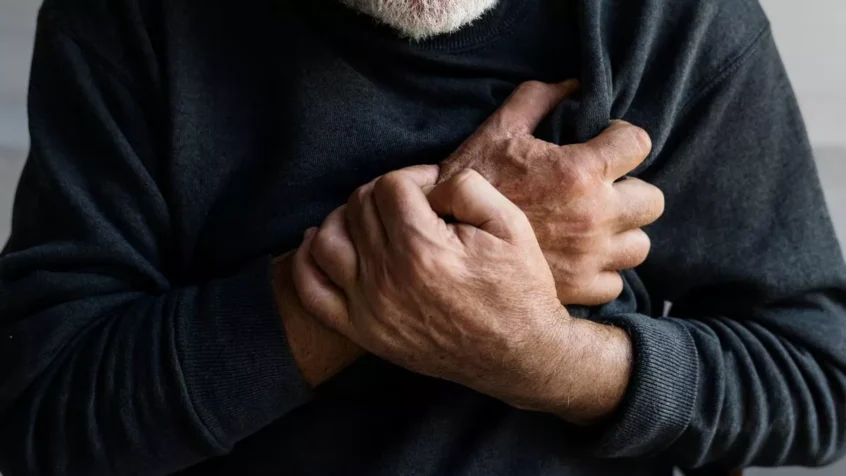Recently a friend was admitted to hospital with a rapid heartbeat and breathlessness, and they were shocked to discover they had aortic valve regurgitation.
This is a type of heart valve disease where the valve controlling the outflow from the heart fails to close tightly. So some of the blood pumped out of the heart leaks backwards.
It’s always serious because it stops the heart from sending enough blood to the rest of the body, making you feel tired and short of breath.
The heartbeat may become irregular and you feel light-headed, even fainting, with tightness in your chest. Your ankles and feet swell up.
And because the lower left heart chamber, the left ventricle, has to hold more blood than normal it gets larger and thickens.
Without treatment the heart eventually fails and develops heart rhythm problems, called arrhythmias.
But long before this happens, tests will be done to check on your heart health and assess the level of aortic valve regurgitation.
Tests like an echocardiogram and an ultrasound scan show the aortic valve and how severe the regurgitation is. An ECG measures the electrical activity of the heart and shows how fast or how slowly the heart is beating. A CT scan of the heart will confirm a tear in the aorta.
And cardiac catheterisation may be done before valve replacement surgery to check for blockages of your coronary arteries. Heart valve disease is staged into four basic groups:
Stage A: At risk
Risk factors like high blood pressure for heart valve disease are present.
Stage B: Progressive
Valve disease is mild or moderate. There are no heart valve symptoms.
Stage C: Asymptomatic severe
There are no heart valve symptoms but the valve disease is severe.
Stage D: Symptomatic severe
Heart valve disease is severe and is causing symptoms.
If symptoms are severe, surgery may be needed to repair or replace the diseased valve, and it can be done as open-heart surgery
or there is minimally invasive heart surgery called transcatheter aortic valve replacement (TAVR).
In aortic valve repair a surgeon may reshape the cusps so that the valve can close tightly again. Or they might patch holes in a valve. In aortic valve replacement a surgeon removes the damaged valve and replaces it.
The replacement might be a mechanical valve or one made from cow, pig or human heart tissue. Over time, biological tissue valves may break down so need to be replaced.
People with mechanical valves need blood thinners for life to prevent blood clots from forming. But it just shows how much can be done to help your heart.

